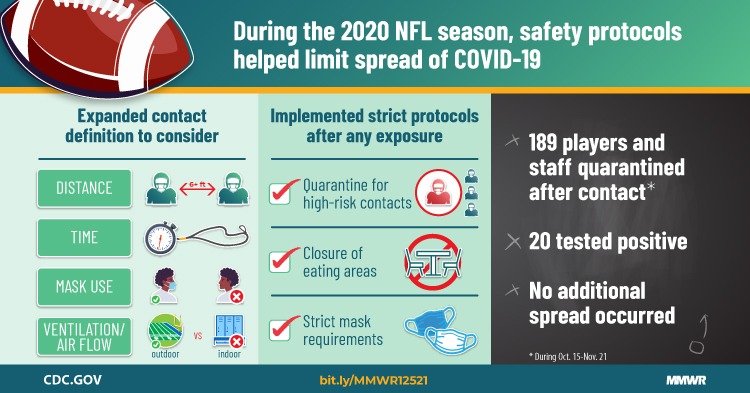No doubt, many people are planning some special food for Super Bowl LV, which kicks off Sunday at 6:30 p.m. EST.
The Kansas City Chiefs and the Tampa Bay Buccaneers will be facing off for the Lombardi Trophy in Tampa Bay. And just like the Tampa Bay Bucs, you’re probably going to be home for this year’s big game.
COVID-19 means limited in-person gatherings and for this Super Bowl, that means more people taking charge of their own game day spread.
The National Chicken Council’s annual Wing Report predicts a 2 percent increase in wing consumption for Super Bowl LV over 2020. The American Pizza Community is also confident about Super Bowl sales topping the estimated 12.5 million pizzas sold in 2020.
Even the most experienced football players need a solid game plan to ensure victory, and to have safe food throughout a football game you’ll also need a plan.

The USDA-FSIS has just the plan:
Pregame
For this season of NFL football to happen, the organization had the herculean task of preventing the spread of COVID-19 among teammates, coaches and staff. This was accomplished through rigorous testing, social distancing, masking and handwashing.
And just like in preventing COVID-19, proper handwashing is vital for fans who want to avoid self-inflicted foodborne illnesses.
Wash hands immediately before and after handling food. A recent USDA study showed that 99 percent of people don’t wash their hands correctly. To properly wash your hands, wet your hands with water, lather with soap and scrub for 20 seconds. Rinse your hands and dry with a clean towel or paper towel.
Stock up on shallow food containers and make sure you’ve got extra space for leftovers in your refrigerator or freezer.
Foods should not be left at room temperature for more than two hours. Know when you plan to serve the food and set a timer to remind yourself to start packing up leftovers.
Make sure you have a food thermometer to ensure that food reaches a safe internal temperature when you’re cooking and that leftovers reach 165 F when you reheat them.
Football games are long. The average American football game is more than three hours long. And because of an extended halftime, Super Bowls tend to be closer to four hours long. So, if you plan on serving food throughout the game, make two portions of each dish. Serve one portion as the game starts and keep another portion in the refrigerator or oven to rotate out after halftime.
Kickoff
Social distancing has proved to be one of the most effective ways of stopping the spread of COVID-19. Similarly, one of the best ways to keep foods safe is to keep them separate and avoid cross-contamination.
Keep raw meat and poultry separate from other foods like fresh fruits and vegetables by using separate cutting boards and utensils. This will prevent cross-contamination of bacteria and help keep your household’s MVPs from getting food poisoning.
Clean and sanitize all cooking surfaces and utensils, especially after handling raw meat. You’ll also need to wash your hands often throughout the game.
Make sure your players are warmed up enough to finish the game. The only way to be sure your chicken wings or any meats are cooked well enough is with a food thermometer. Place the food thermometer in the thickest part of the wing or other meat, avoiding the bone. The thermometer should read 165 F.
Halftime
Unlike Tom Brady, food doesn’t last forever.
Begin putting food away at the halftime mark, especially if food has been sitting at room temperature since the beginning of the game. Pack leftovers in small portions in shallow containers and place the containers into the refrigerator or freezer immediately. Discard any food that has been out for more than two hours.
At halftime you should also bring out the substitute players – those fresh portions of food that you’ve been keeping hot or cold. Your household will thank you for the fresh food, and for watching their blind side when it comes to food poisoning.
After the Game
Once again, pack any leftovers in small portions in shallow containers and place the containers into the refrigerator or freezer immediately. When you’re reheating leftovers, make sure they reach 165 F, as measured by a food thermometer.
USDA has food safety coaches ready to help you in a pinch. Call the USDA Meat and Poultry hotline at (1-888-674-6854) Monday through Friday, from 10 a.m. to 6 p.m. Eastern time, or email or chat at Ask USDA.
(To sign up for a free subscription to Food Safety News, click here)

